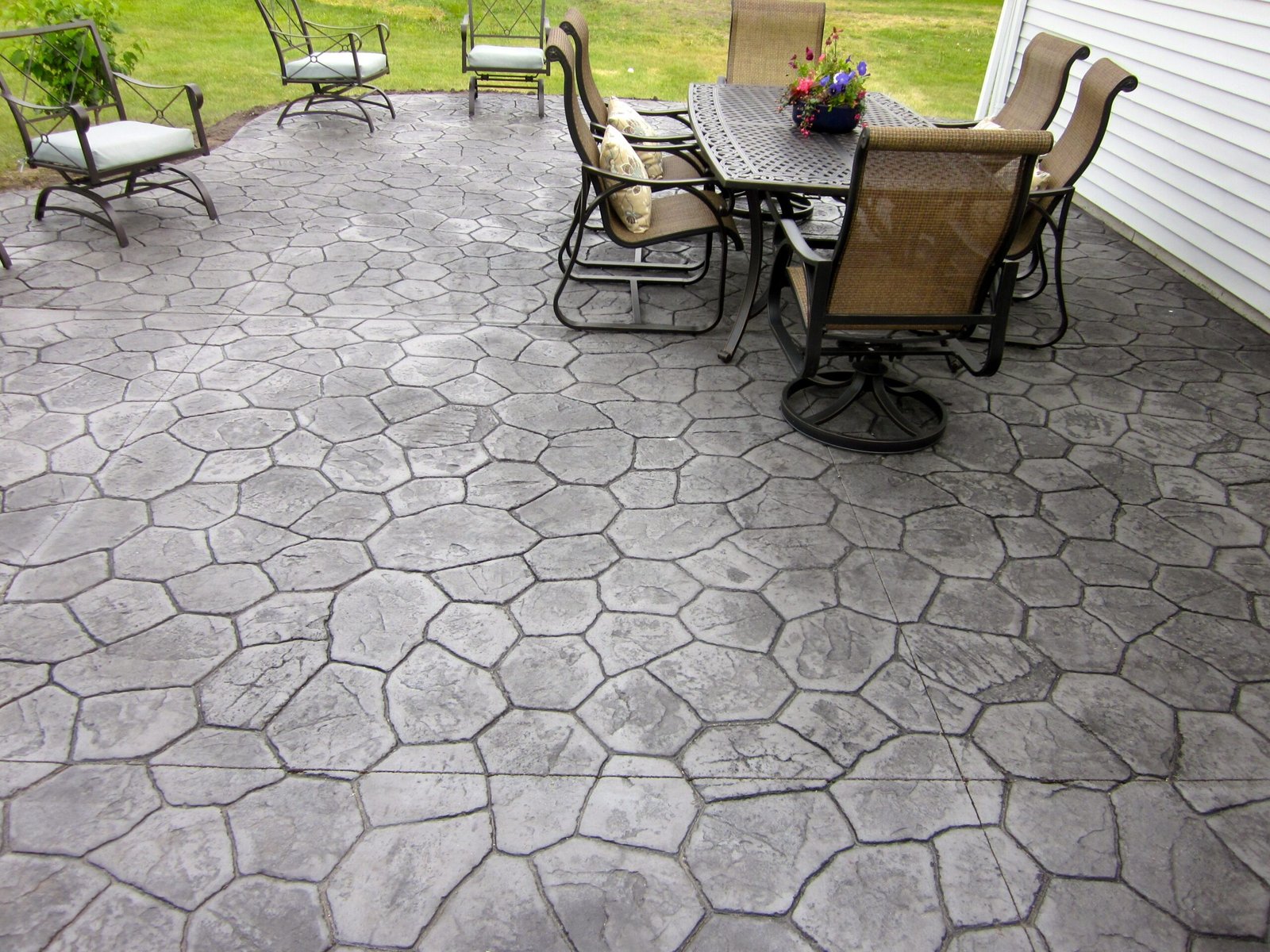For beekeepers, understanding how to conduct a practical hive inspection is essential to keeping colonies healthy and productive. Hive inspections allow you to assess bee health, monitor for pests and diseases, and ensure that your hive environment is suitable for growth and honey production. Equipping yourself with the best beekeeping suits and sturdy beekeeping trousers enhances safety and comfort during inspections. In this guide, we’ll explore each aspect of hive inspection to help you maintain thriving colonies.
Preparing for a Hive Inspection
Before diving into your inspection, it’s essential to gather the right hive inspection preparation tools. Every beekeeper should be equipped with:
- Protective gear (such as gloves, a bee suit, and a veil),
- Smoker to calm the bees,
- Hive tool for prying apart hive boxes and frames.
Having these tools ensures that you can complete your inspection efficiently while minimizing stress for your bees. It’s also a good practice to approach your hive on a calm day to avoid any unnecessary disruption to the colony.
Key Areas to Examine During Inspections
When performing a practical hive inspection, focus on several critical areas to ensure the health and productivity of your hive:
- Brood Frames – Look for healthy brood patterns, as they indicate a well-functioning queen and a balanced hive. Uniform brood patterns suggest strong queen fertility and healthy bee reproduction.
- Pollen and Nectar Stores – These stores are essential for the bees’ food supply. Make sure your hive has a good balance of pollen and nectar, as this supports the colony during times when foraging conditions are poor.
- Signs of Bee Health – Inspect bees for common symptoms of stress or illness. Bees should look active and free from visible signs of disease or parasite infestation. Any unusual behavior or appearance could indicate an underlying health issue.
Identifying Signs of Pests and Diseases
One of the primary goals of hive inspection is early detection of bee pests and diseases. Common threats to honeybee colonies include Varroa mites, small hive beetles, and Nosema. During your inspection, be vigilant for:
- Varroa Mites – These parasites are a major threat to bee health. Look for mites on bees and in the brood cells. Early detection is essential to managing their impact on the colony.
- Signs of Diseases – A healthy hive should have bees with vibrant, uniform colors and energy. Take note of any bees with visible deformities, discolored wings, or excessive lethargy.
Identifying and treating issues early can help prevent these challenges from spreading throughout the colony.
Monitoring Queen Health and Colony Behavior
The queen’s health directly impacts the hive’s success. During an inspection, check for signs of a healthy queen, such as consistent brood patterns and high egg production rates. If you find queen cells (larger cells typically at the bottom of the frame), your bees may be preparing to replace their queen, or “supersede” her.
Observing colony behavior also provides valuable insights into hive health. Bees should be calmly moving about their tasks, with minimal aggression. Unusually aggressive behavior could indicate stress, queenlessness, or intrusion by pests.
Frequency and Timing of Hive Inspections
Knowing when and how often to conduct inspections is a crucial part of seasonal beekeeping. In general, it’s advisable to inspect your hives:
- Once every 7-10 days in spring and summer – This helps you track brood development, nectar flow, and queen performance.
- Less frequently in colder months – Bees are less active during fall and winter, so limit inspections to avoid disrupting their clustering behavior.
Keeping to a reliable hive inspection schedule helps you spot problems early without overly disturbing the hive’s natural cycle.
Keeping Records of Your Inspections
Maintaining a hive inspection log is a valuable practice for any beekeeper. It allows you to track each visit, monitor changes over time, and gain insights from your observations. By keeping detailed records, you can establish a history for each hive, which will help you detect patterns, understand the colony’s seasonal behaviors, and anticipate any issues before they escalate. Here are key elements to include:
- Dates of Each Inspection: Note the exact date of each inspection to create a chronological record. This helps you keep track of how frequently you’re inspecting and provides a reference point for comparing changes over time.
- Colony Health Observations: Record specific observations about the colony’s health. This could include the presence of pests, signs of diseases, brood pattern, food stores, and overall colony behavior. Tracking these factors regularly will help you spot any concerning trends.
- Queen Status: Note whether the queen is present, her laying pattern, and any signs that the colony may be preparing to replace her. Queen health is vital for the stability and productivity of the hive, and early detection of issues allows for timely intervention.
- Environmental Conditions: Include notes about weather, temperature, and flowering stages of nearby plants during the inspection. These environmental factors often impact the colony’s behavior and productivity.
- Treatments or Interventions: Log any treatments, such as Varroa mite control measures or other health interventions. Record what you used, the dose, and the method of application. This information is crucial for tracking the effectiveness of treatments over time.
- General Notes: Add any additional comments, such as unusual behaviors, hive weight, or changes in population size. These notes may reveal trends or factors that could impact hive management decisions.
Regularly reviewing your inspection log will give you a clear understanding of each hive’s history and progress. Over time, this record-keeping will become an invaluable tool, helping you make informed, proactive decisions that support the health, productivity, and resilience of your colonies.
Conclusion
Regular, practical hive inspections are essential for hive health management. By following a consistent schedule, monitoring for signs of pests and diseases, and ensuring a healthy queen, along with using the right beekeeping gears, you’ll foster a thriving colony that’s productive and resilient. The time invested in careful inspection will ultimately result in healthier bees, higher honey yields, and a stronger beekeeping experience.












Leave a Reply